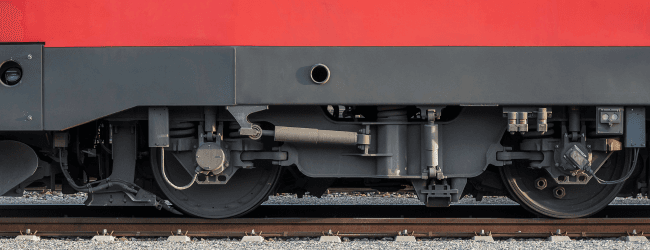
- 19 August 2025
The Property Pulse: Which Markets Are Beating Strongest This Year
Stand at a Saturday open home in Adelaide or Perth right now and you will feel the energy. Crowds aren’t just curious buyers. They are a reflection of something bigger, the shifting balance of economic strength across the country.
The latest State of the States report makes one thing clear: performance isn’t even. Western Australia is leading the nation, South Australia has made a surprise jump, and Queensland continues to hold its ground. For investors, those rankings are more than bragging rights. They are a map for where property opportunities are ripening fastest.
Western Australia: Momentum That Refuses to Quit
WA has cemented itself as the nation’s top economic performer, leading on retail spending, housing finance, and equipment investment. Strong migration into Perth, combined with a resilient job market, is fuelling demand for housing. For investors, this creates a potent mix of rental demand, capital growth potential, and long-term population support.

South Australia: The Quiet Achiever Steps Into the Spotlight
South Australia has surged into second place on the back of construction activity and a burst of consumer confidence. Adelaide’s housing market, already known for affordability compared with Sydney and Melbourne, is now enjoying above-average home price growth, up 8 per cent over the year to June. Investors who once dismissed SA as too slow may want to take another look.
Queensland: Sunshine State, Still Solid
Queensland remains a reliable performer, ranking strongly on housing finance and unemployment. The state’s property market continues to attract interstate migrants seeking lifestyle and relative affordability. Brisbane in particular is benefitting from infrastructure upgrades ahead of the 2032 Olympics, a long-term driver of property demand.
New South Wales and Victoria: Not Out, But Not Leading
NSW and Victoria are no longer the automatic frontrunners. Both states are weighed down by weaker housing finance and slower consumer spending. That said, Sydney and Melbourne remain international cities where scarcity plays a role. Investors here need sharper strategies, such as targeting suburbs with infrastructure improvements or those within top school catchments.
Why Economic Rankings Matter for Investors
Economic momentum trickles down to property. Stronger job markets mean fewer vacancies. Higher population growth translates to sustained rental demand. And construction activity points to the infrastructure that underpins long-term value. Ignoring these shifts is like investing blind.
The Bottom Line
Western Australia and South Australia are the current standouts, with Queensland close behind. These markets are not speculative plays. They are backed by economic fundamentals. For investors deciding where to buy in 2025, following the data may prove more rewarding than following the crowd.
Ready to explore the best opportunities in today’s market? Talk to the team at Property Club - enquiries@propertyclub.com.au
Source: CommSec, State of the States, July 2025
Related Posts

The Psychology of Suburb Selection: Why Investors Keep Returning to the Same Postcodes
Most investors think they choose a suburb based on research, data and logic. In reality there is often something deeper at play. Suburbs hold emotional weight. They remind us of where we grew up, where our friends live, where we once rented, or where we felt safe. Familiarity feels comfortable, which is why so many...

New Lines New Lives: How Rail Is Redrawing Queensland’s Coastal Growth Story
The Sunshine Coast and Gold Coast have long been known for surf and holidays. But right now, both are being redrawn not by the tide but by transport lines. The next decade of growth in Queensland will be built along the tracks. The Sunshine Coast Rail project and the Gold Coast light rail expansion are reshaping...

Living Too Big for Who We’ve Become
Queensland’s housing market has an imbalance that is quietly reshaping demand. Across South East Queensland, 62 per cent of households are one or two people, yet 72 per cent of homes have three or four bedrooms. It’s a clear mismatch between how people live and what we’re building. The new household reality is...
- 11 November 2025